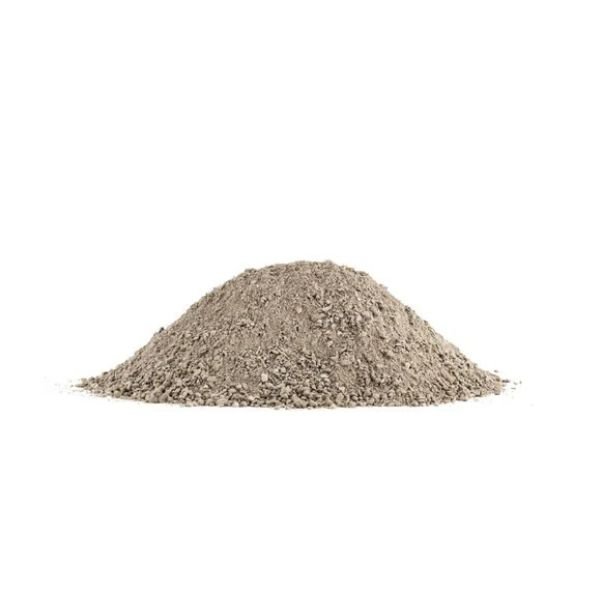Silica Flour Description
Silica Flour is a finely ground form of silica, derived from high-purity quartz. It is a white, powdery substance known for its high silicon dioxide (SiO₂) content, typically exceeding 98%. Due to its fine particle size and chemical purity, silica flour is widely used across various industries.
Key Characteristics:
- High Purity: Consists predominantly of silicon dioxide, ensuring chemical stability and inertness.
- Fine Particle Size: Provides smoothness and consistency in applications.
- High Melting Point: Suitable for high-temperature environments.
- Chemical Stability: Resistant to acids, alkalis, and most chemicals.
Common Applications:
- Industrial Coatings: Enhances durability and provides abrasion resistance.
- Construction: Used in high-performance concrete, grouts, and mortars for added strength and reduced permeability.
- Glass Manufacturing: Acts as a primary ingredient in high-quality glass products.
- Ceramics: Improves heat resistance and structural integrity.
- Oil and Gas: Employed as a weighting agent in drilling fluids and as a component in cementing systems.
- Paints and Plastics: Serves as a functional filler to improve mechanical properties.
- Electronics: Utilized in producing semiconductors and insulating materials.
Benefits:
- Enhances mechanical strength and resistance to wear.
- Improves chemical resistance and thermal stability.
- Provides superior surface finish in coatings and composites.
Silica flour is available in various grades and particle sizes to meet specific industrial needs. It is a critical material for industries prioritizing durability, precision, and high performance.




